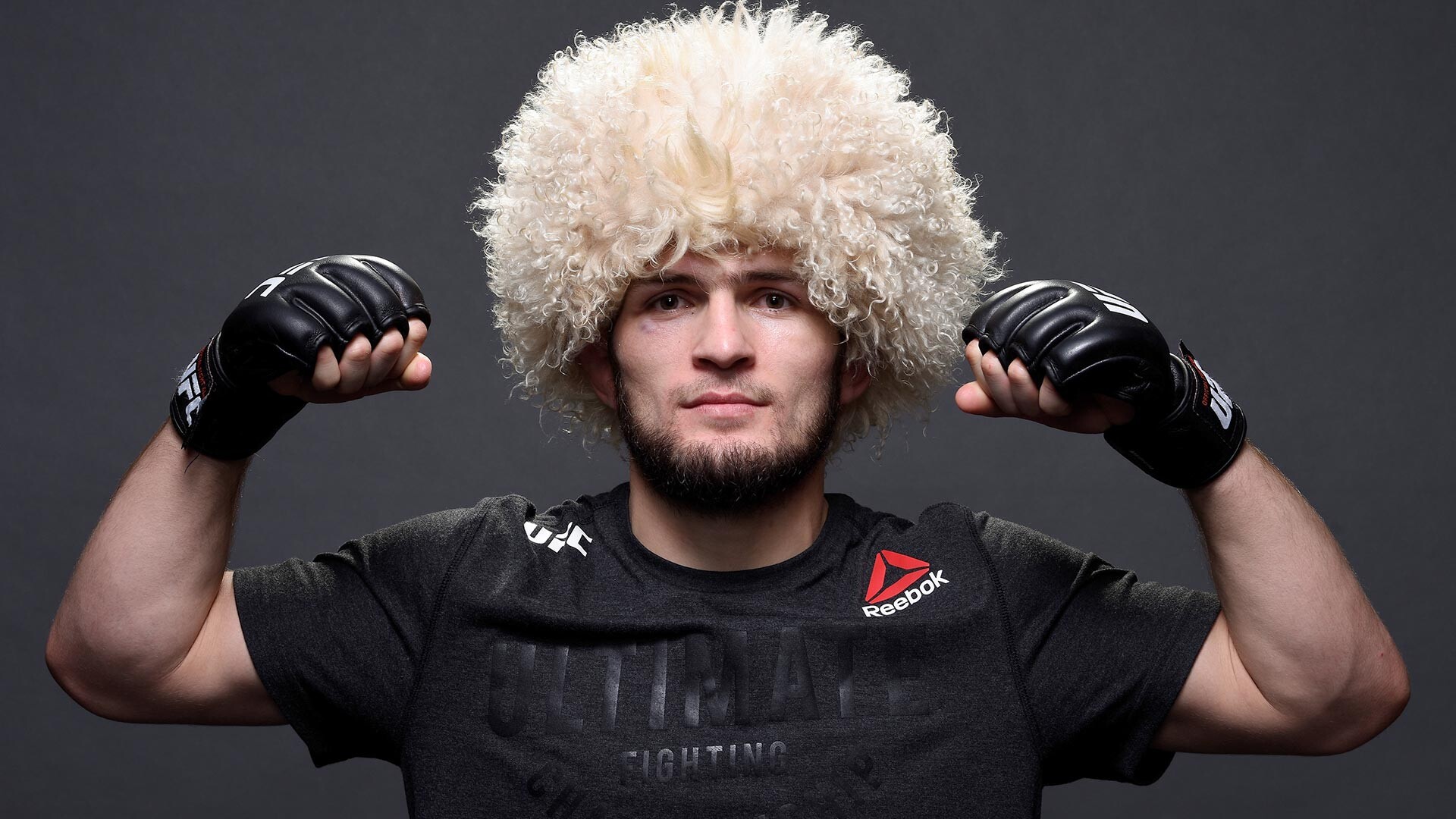
Khabib Nurmagomedov
Mike Roach/Zuffa LLC/Getty ImagesPapakha hat, cherkesska coat, gazyrbreast pockets - it’s impossible to imagine a single Caucasian jigit without these dress details.
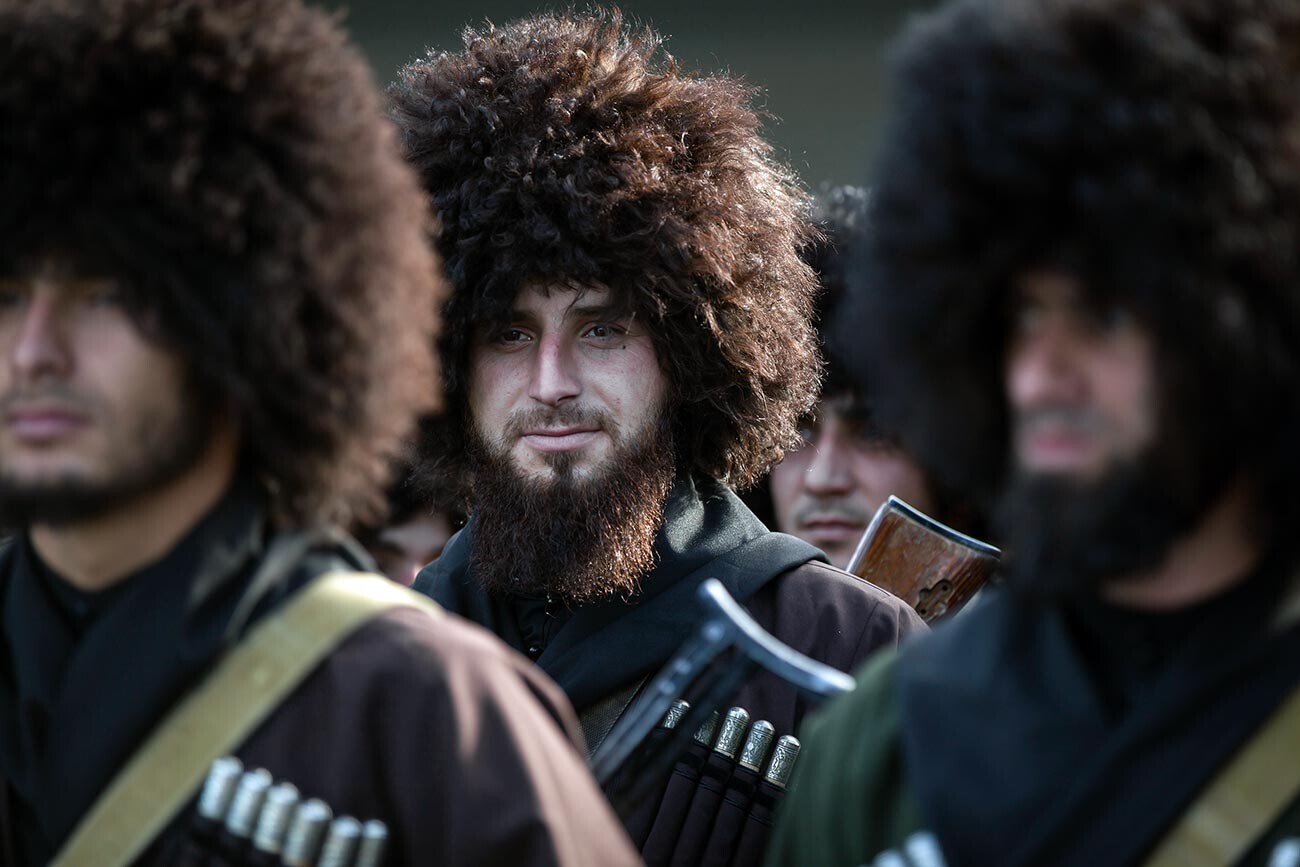
A folk festival in Chechnya
Yelena Afonina/TASS“As long as the head is on the shoulders, it should have a papakha on it.” “A man should carry about two things: a papakha and a name.” There are many proverbs referring to a papakha in the Caucasus. This headdress is not just a part of traditional costume, but also a real symbol and status item. An expensive papakha is considered the best gift.
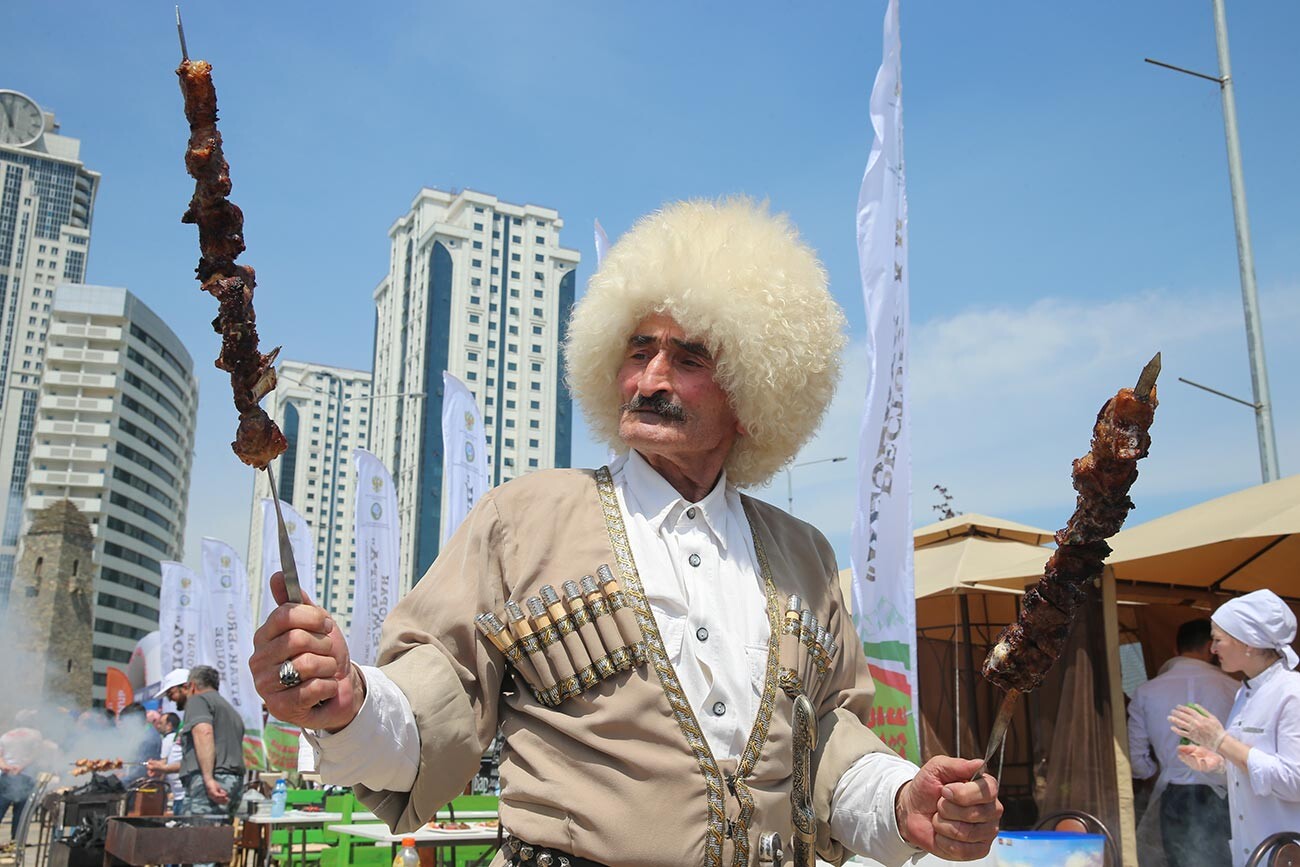
Shashlyk-Mashlyk food festival in Grozny, Chechnya
Yelena Afonina/TASSMen in the Caucasus don’t take their hats off, even indoors. It would be an insult to knock a hat off a man’s head and if the papakha owner dies, no one has the right to put it on but his sons.
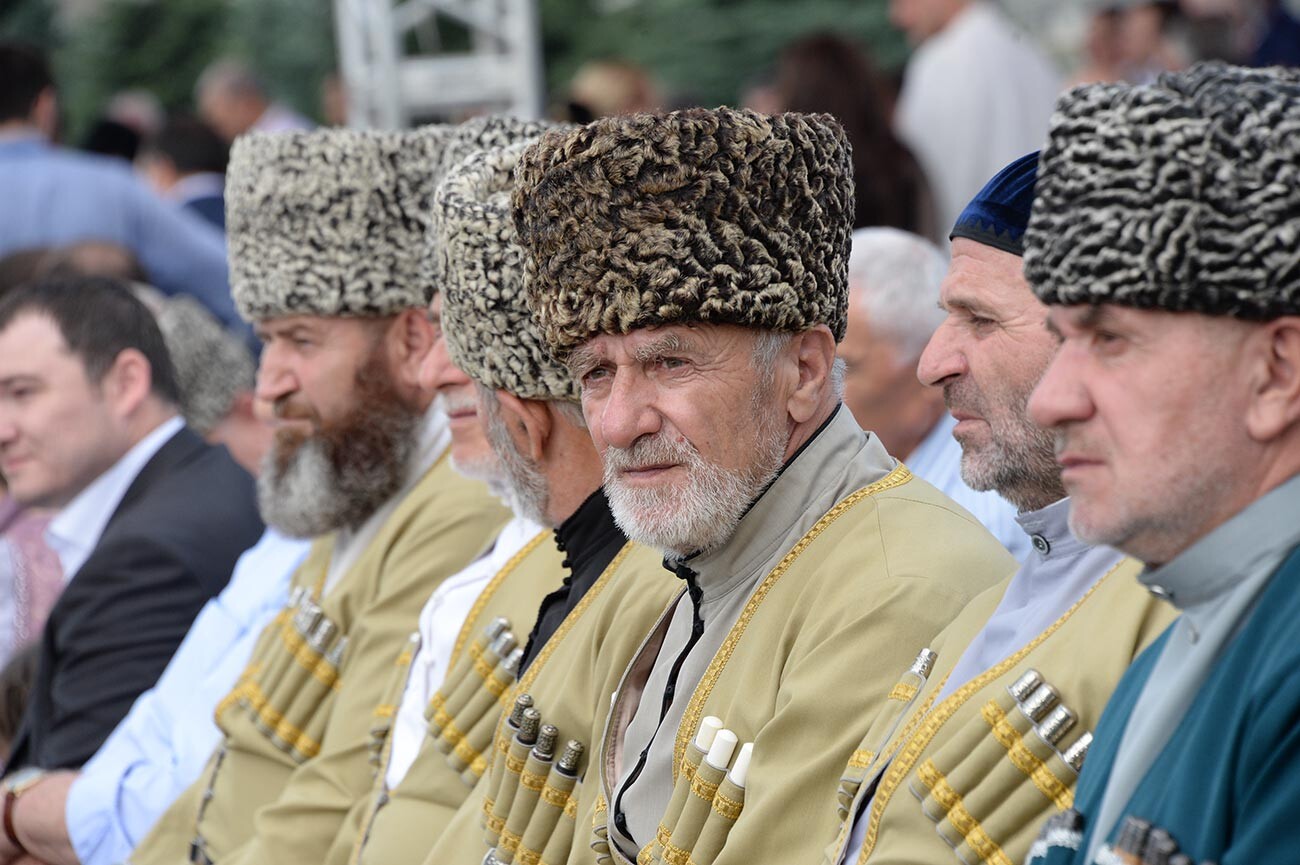
Ingush men in traditional dress during celebrations marking the 25th birthday of Russia's Republic of Ingushetia
Zubair Bairakov/TASSIt was Khabib Nurmagomedov, the former UFC champion, who brought the papakha to the world stage. Honoring the traditions of his Dagestani ancestors, he wore the hat to all his fights and weigh-ins.

Khabib Nurmagomedov poses on the scale during the UFC 229 weigh-in on October 5, 2018 in Las Vegas, Nevada
Josh Hedges/Zuffa LLC/Getty Images“Khabib’s white papakha” has practically become a brand and it’s a popular search request on the Internet “to buy a hat like Khabib’s”. Many of the wrestler’s fans would also wear the hat to support him.
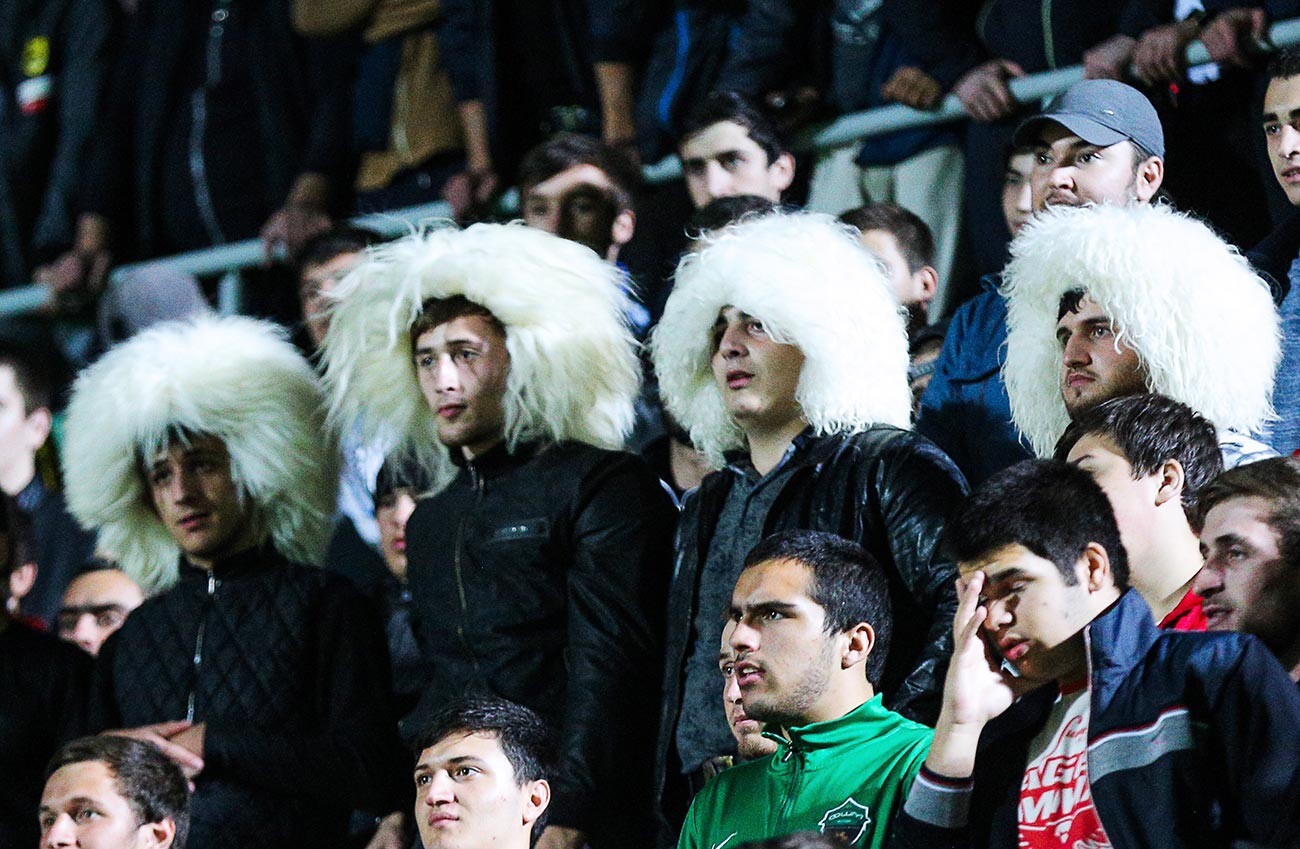
Supporters meet Khabib Nurmagomedov at Anzhi Arena Stadium in Dagestan
Mussa Salgereyev/TASSHabib’s hat is just one of the papakha varieties. They can be made of sheep or goat’s wool, while the most valuable are considered to be caracol hats.
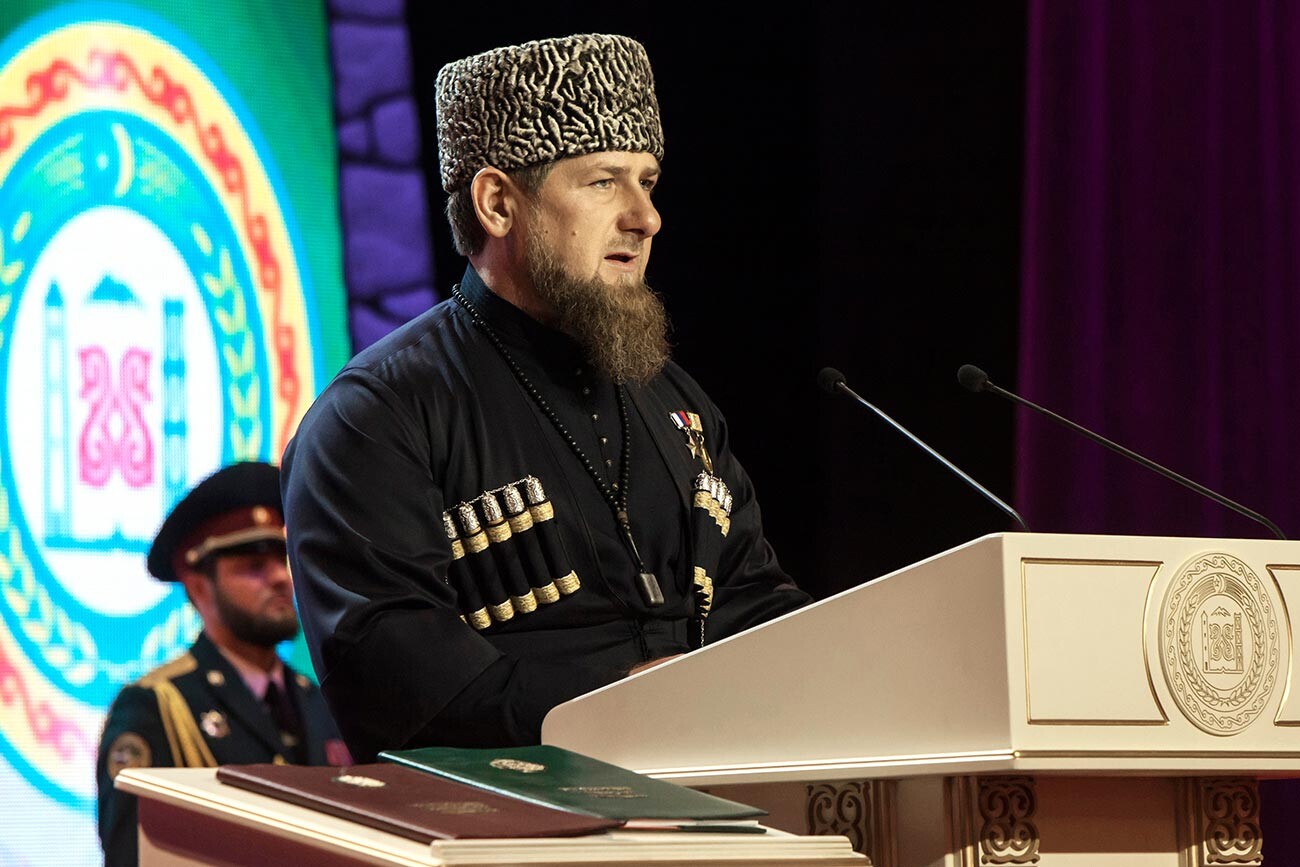
Head of Chechnya Ramzan Kadyrov
Yelena Afonina/TASSPapakha shapes and sizes can also vary - semicircular, widening to the top or with a flat cloth bottom.

Photographer Sergei Prokudin-Gorskii and two men in Caucasian dress, 1916
Sergei Prokudin-GorskiiInterestingly, it’s only men who sew these hats. The skins of sheep and goats should be washed several times and dried in the sun, then treated with a special saline mixture to prevent the wool from spoiling.
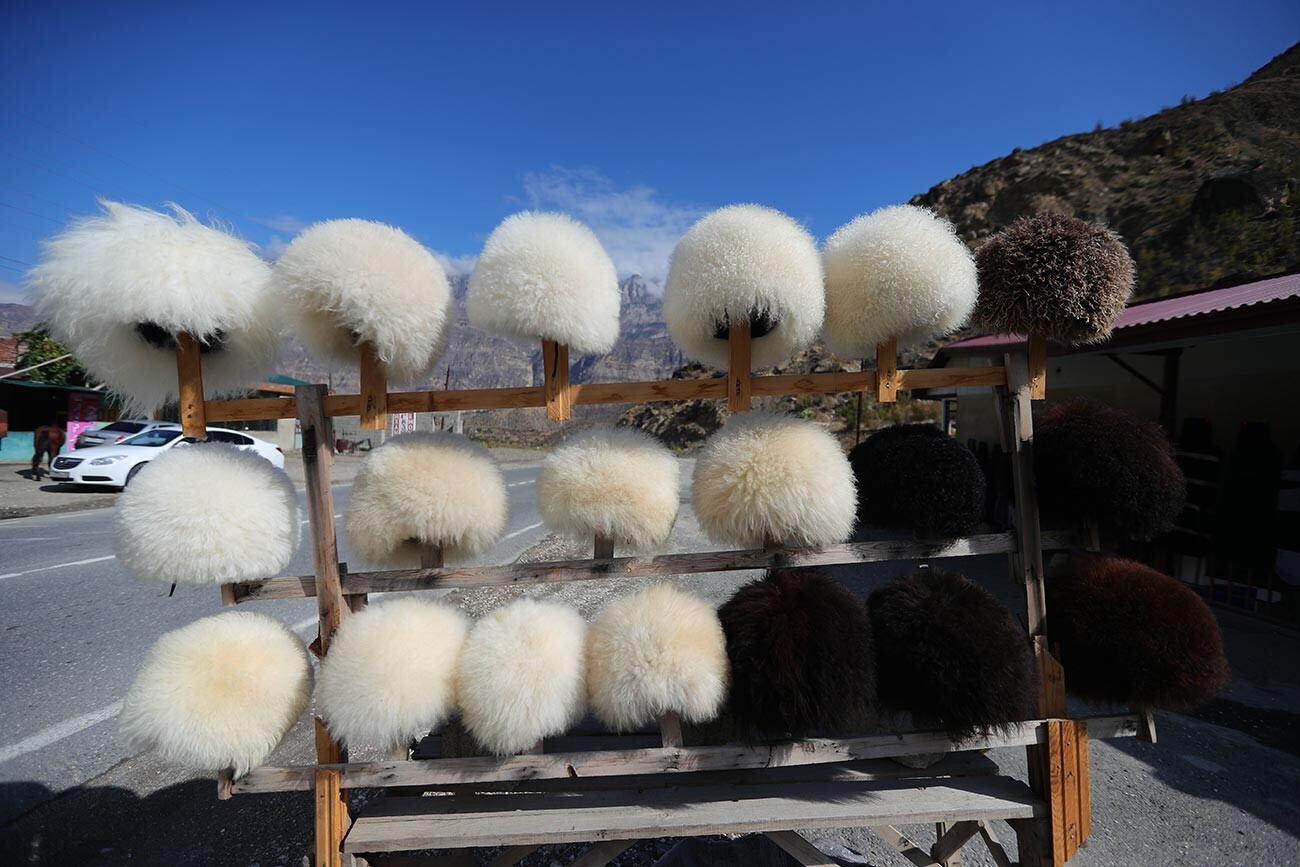
Papakha on sale in Dagestan
Vladimir Smirnov/TASSAn experienced craftsman is able to sew up to 40 hats a day. The price of a sheepskin papakha starts at 500 rubles (and often does not exceed 5,000 rubles), while a goatskin papakha will cost a bit more - starting from 800 rubles.
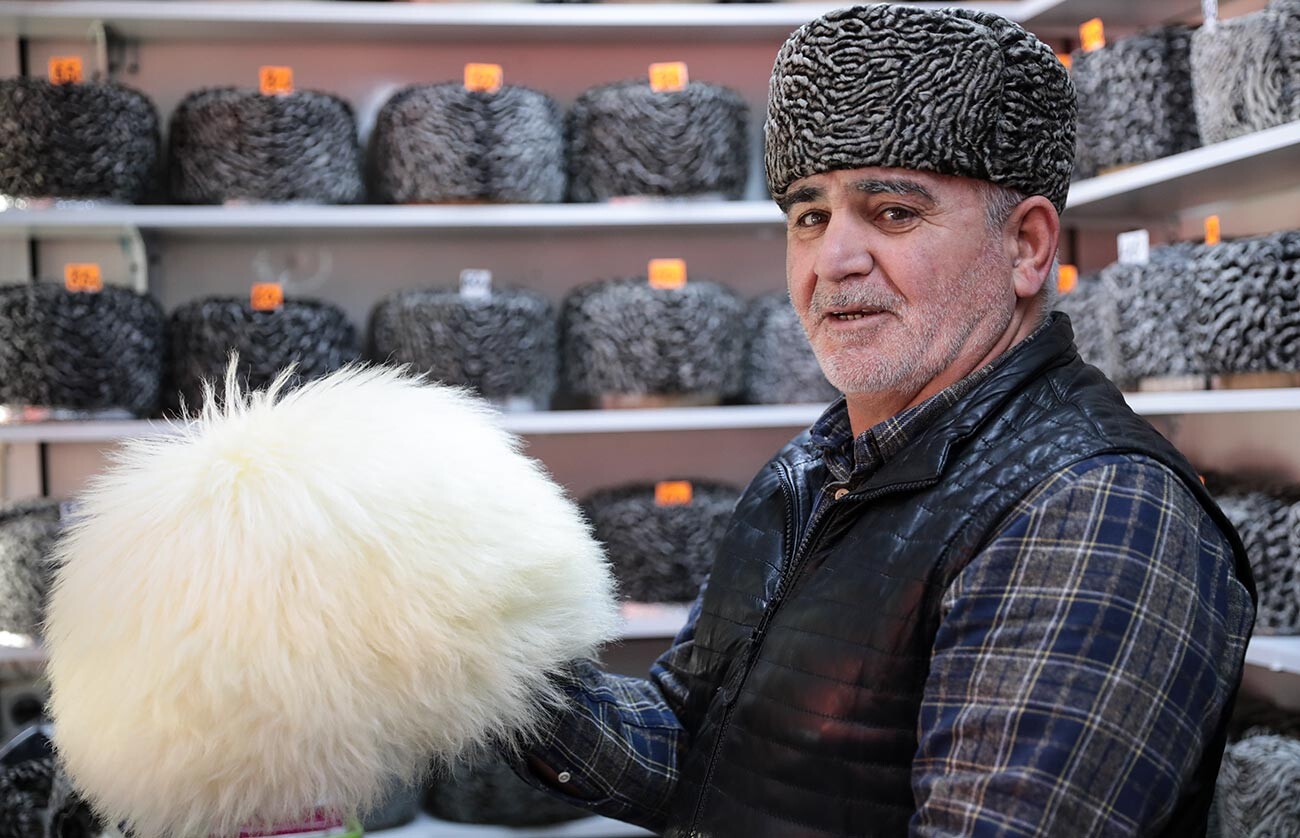
Papakha shop in Grozny, Chechnya
Yelena Afonina/TASSPapakha is now considered a traditional Caucasian headwear, but most likely it came to the Caucasus from Central Asia together with nomadic Turkic tribes (the word ‘papakha’ itself has Turkic origin).
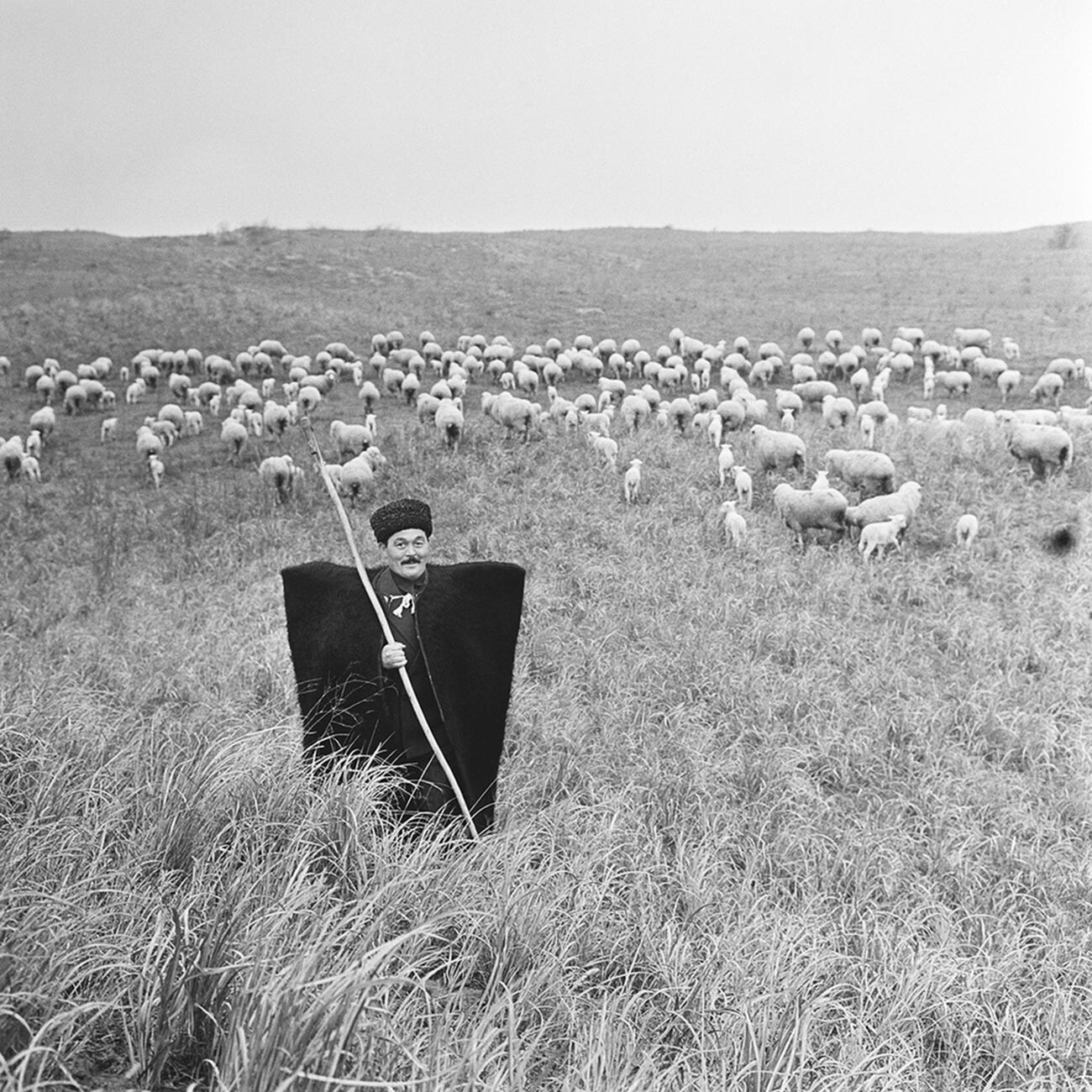
A Soviet shepherd, 1960s
Yury Abramochkin/russiainphoto.ruFrom the mid-19th century, these hats became an element of military uniform in the Russian army. Firstly soldiers in the Caucasus and Central Asia wore them, and then the tradition spread to the Cossack troops (like many other elements of Caucasian attire, including cherkesska coats, burka sleeveless felt coats and gazyrs, already mentioned above).
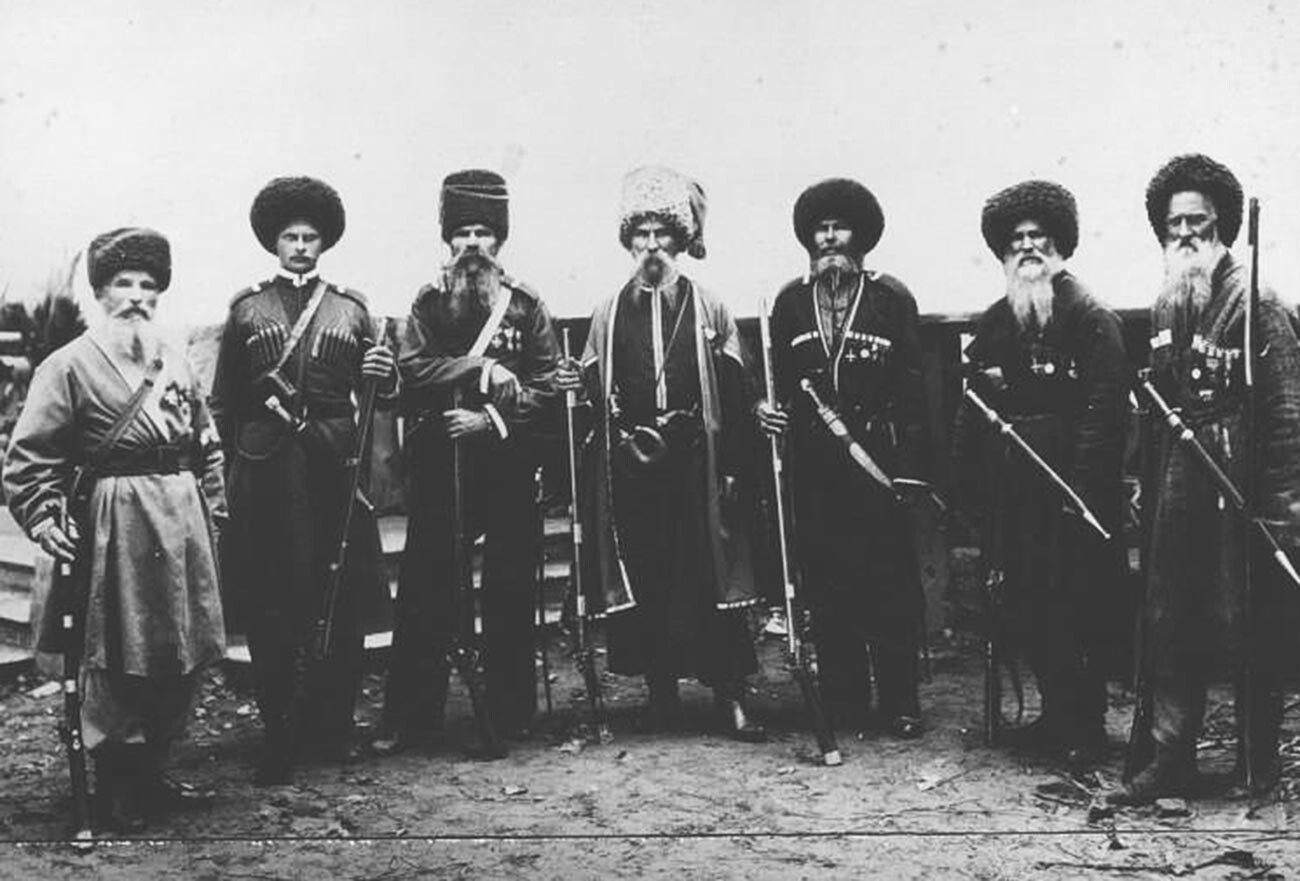
Cossacks in traditional dress
A.Chernov/MAMM/MDFThe guards of His Imperial Majesty's Own Escort, which consisted mainly of Cossacks, Circassians, and other mountaineers of the Caucasus, also wore hats.
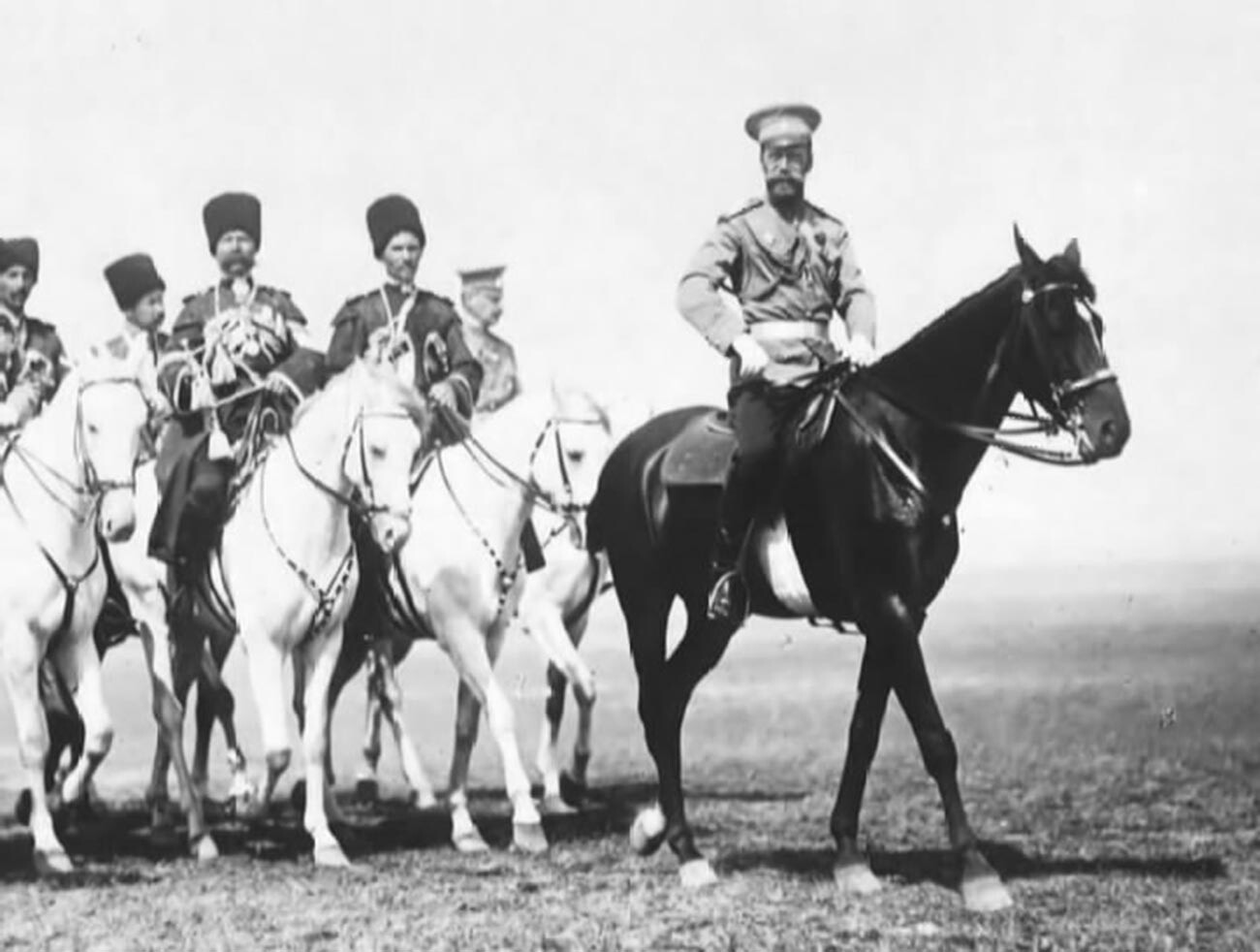
Nikolai II and his Cossack Escort
Public domainAlthough the highlanders believed that the hat was not for warmth, but for status - papakha turned out to be very practical and soon appeared in the military formations, which were located in Siberia.
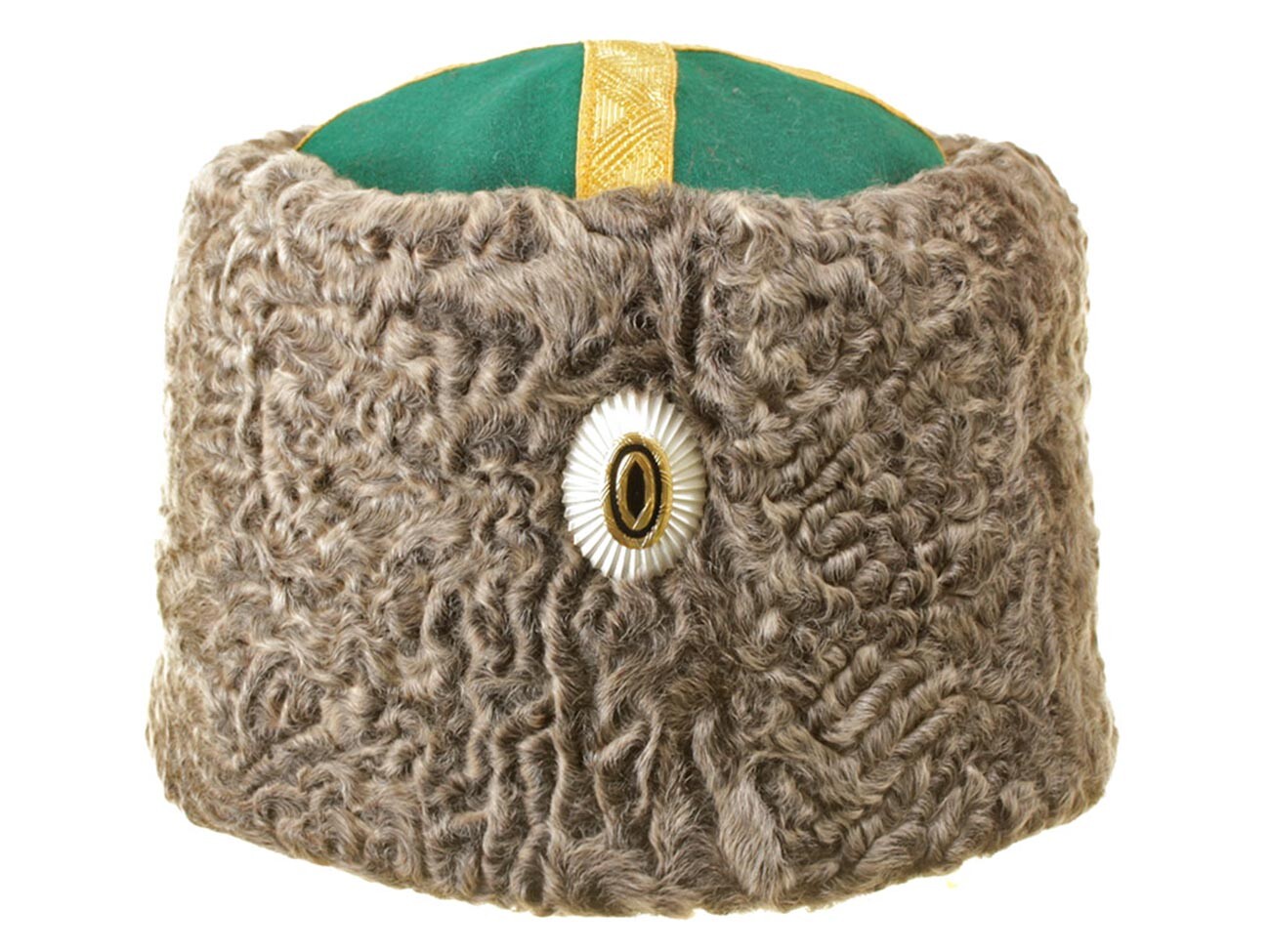
A general's hat of the Siberian Military District of the times of Nikolai II
LeibstandartIn 1913 papakha was implemented as the winter headwear for the whole Russian army.
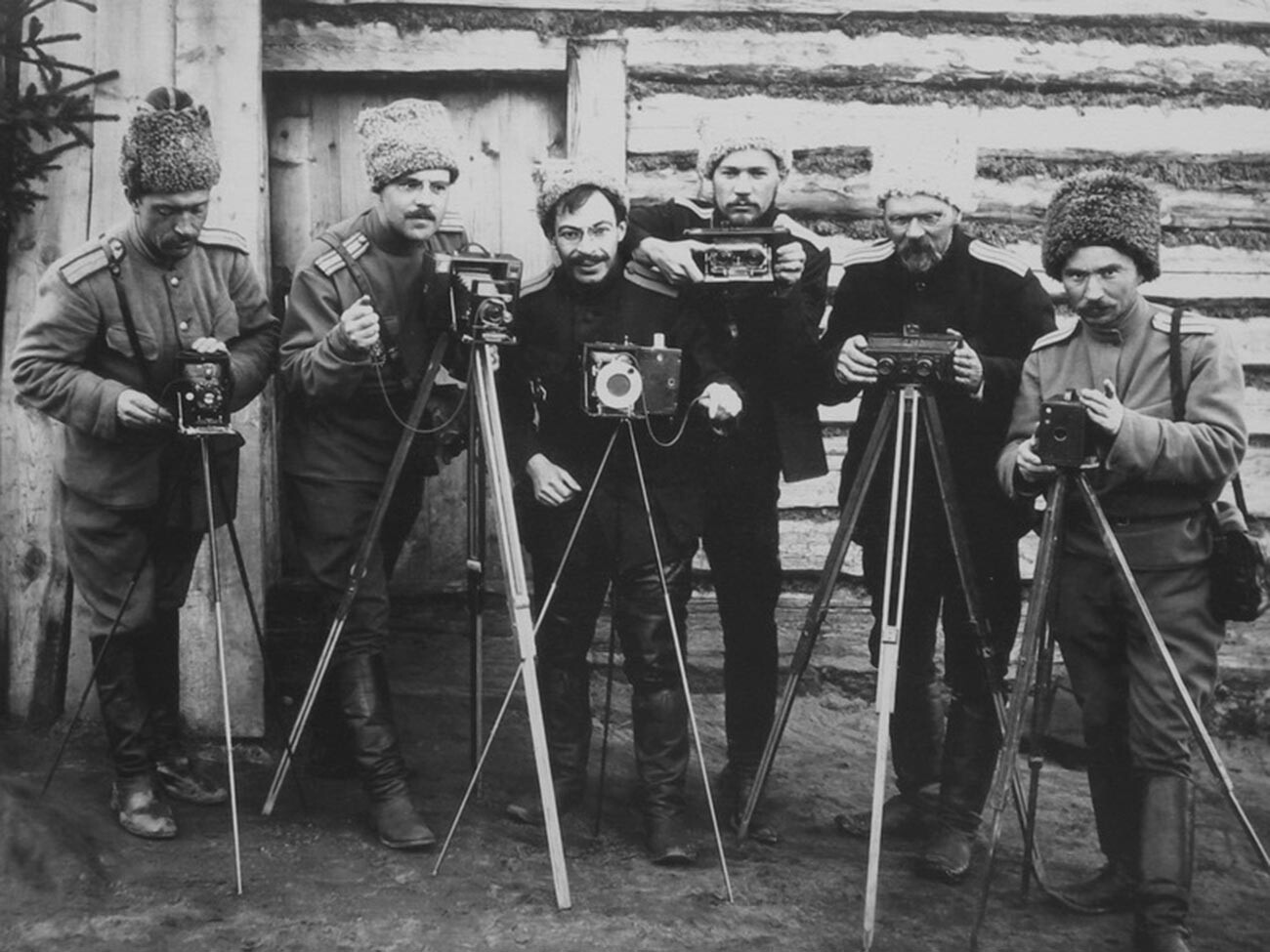
Photographers of a Siberian division of the Russian Empire, 1915
Public domainPartly papakha was inherited by the Soviet troops, however, a cheaper option was found for soldiers - a cloth budenovka hat. Still, high-ranking officers in the Soviet army kept wearing papakha.
In the army, wearing a papakha was officially abolished in 1992 and replaced by the famous ushanka hat with earflaps. However, in 2014, the papakha returned as the winter hat of generals and colonels. And, of course, it is still worn by Cossacks.
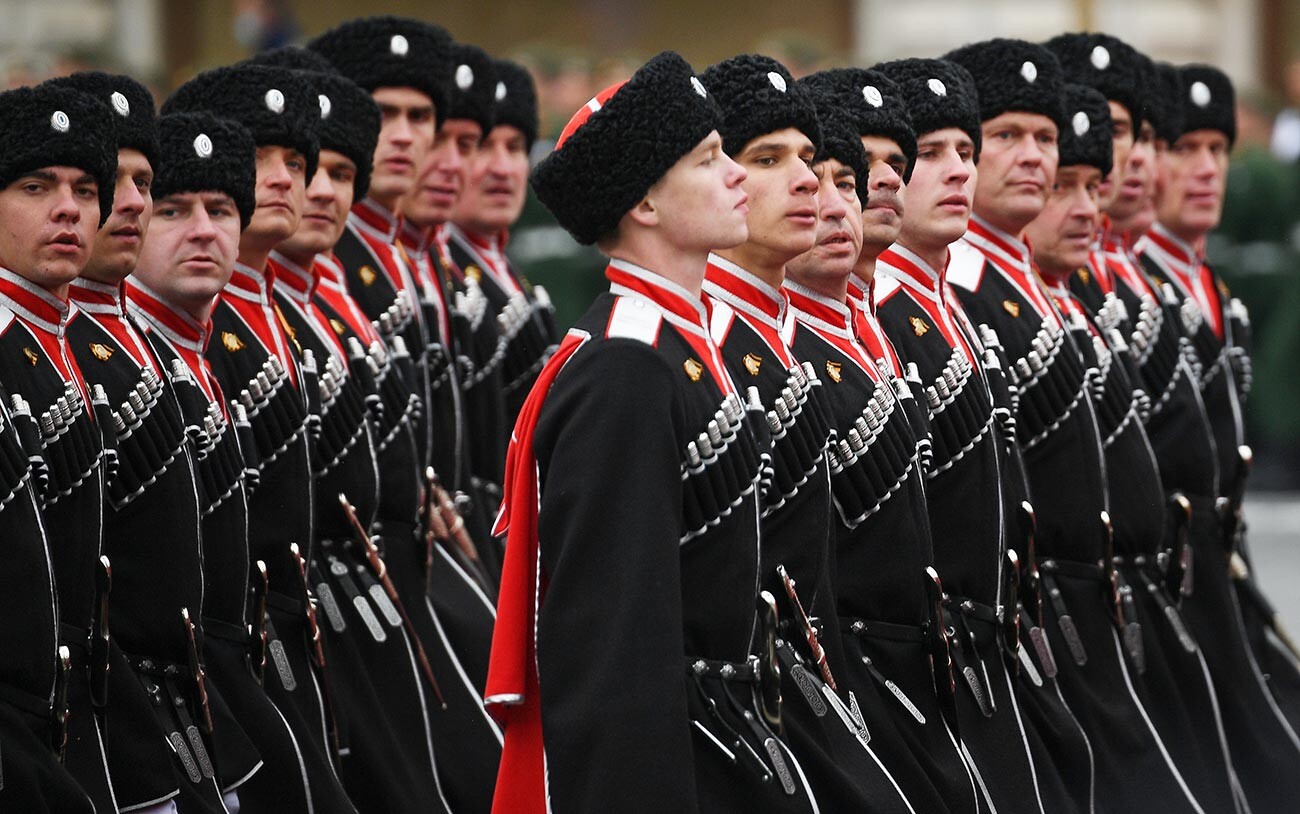
Servicemen of All-Russian Cossack Society march during the Victory Day parade in Moscow
Vladimir Astapkovich/SputnikDear readers,
Our website and social media accounts are under threat of being restricted or banned, due to the current circumstances. So, to keep up with our latest content, simply do the following:
If using any of Russia Beyond's content, partly or in full, always provide an active hyperlink to the original material.
Subscribe
to our newsletter!
Get the week's best stories straight to your inbox